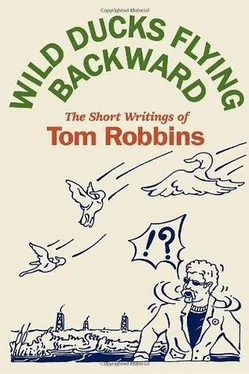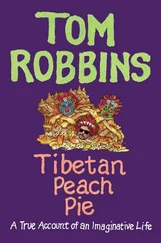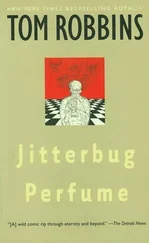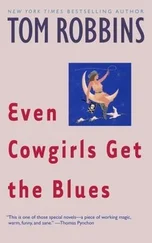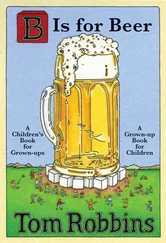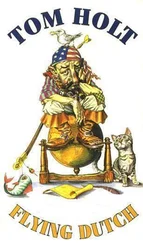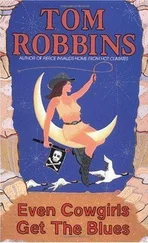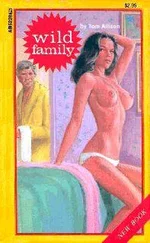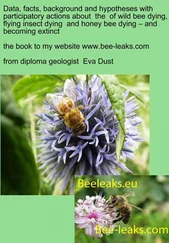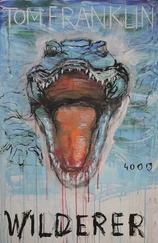In the veils, airy Niagaras of integrated color configurations flood their large supports from framing-edge to framing-edge; in the unfurleds, individual irregular ribbons of opaque color are stacked at the sides of equally large canvases, leaving in the interiors vast expanses of surface of approximately the same size and shape as the veil image — but blank .
Finally, since the specificity of its ambition allowed it to stress quality rather than quantity — of the 22 enormous pictures in the exhibition, at least 15 represent Louis at the summit of his achievement — the council was able to borrow from the Louis estate several important works which never had been displayed before.
Among the previously unexhibited pictures was Tau, a significant variant on the unfurled theme. Tau can be read as a greatly enlarged detail from one of the banked ribbon configurations of a more typical unfurled. Magnified, the ribbons (or rivulets) — flowing diagonally from framing-edge to framing-edge (and, by implication, indefinitely beyond) — take on an ominousness of shape that is only partly relieved by the resounding brilliance of their colors. In these proportions, the ribbons of consistent color become even more difficult to read as drawing than when of “normal” size; indeed, any relationship with a human creator is nearly impossible for the eye to establish.
Tau, to my knowledge, is the only picture in which Louis’s romanticism seems more sardonic than benign: the proximity of large individual shapes manufactures a visual field that is oppressive, whereas Louis’s picture planes usually are almost seductively inviting.
Overhang, another variant, appears to be a transitional painting that successfully bridges the veil and floral periods. The color configurations are more distinct, more tangible than in the usual veil, but they are monadelphous to the extent that they resist establishing planes or Cubistic juxtapositions, a condition that, as Michael Fried has pointed out, created problems in some of the florals.
The Seattle exhibition made possible a consideration of Louis not usually afforded. The Seattle art community is neither ignorant of the perspicuous formal analyses of Louis made by Greenberg and Fried, nor are we naive enough to believe that in modernistic painting content can exist independently of form. We are, however, at sufficient distance from the citadels of formalist criticism that we may — with comfort — allot more than the usual priority to the experiential aspects of Louis’s work. That Louis was a visionary painter is beyond question. But if he ever spoke of the nature of his philosophical predilections, his friends have been notably reticent on the subject. We might, however, consider several ways in which Louis’s work regularly transcends its own materiality — and even its predominant opticality — to provide experiences which can probably best be described as metaphysical.
Along with certain paintings by Pollock, Rothko, Reinhardt, and Robert Irwin, Louis’s veils and unfurleds project an “extraterrestrial” presence as opposed to the “sea-level” character of most art. These descriptions are not as eccentric as they would at first appear.
At sea level, weight and gravity are, for all practical purposes, interchangeable. Likewise, in most painting, weight (a condition of pictorial density usually prescribed by opulence of pigment, fullness of volume, or darkness of value) is also inseparable from gravity (a condition of pictorial force usually prescribed by changes of rhythm, dynamics of contour, or balance of plane — in short, those elements which exert tension upon the picture plane and within the eye of the beholder). In outer space, however, weight and gravity can, and normally do, occur independently of one another.
From a height of 200 miles, the gravity field in which an astronaut is moving still has ninety percent of its terrestrial value, yet his weight is exactly nothing. The undulation of rivulets in the unfurleds and the lucid interchanges of color configurations in the veils exert a relatively profound gravitational force from which the eye of the observer is never free, yet despite Louis’s scale — partly because of it — the atmospheric posture and subtle balance of tensions in these pictures is such that they seem absolutely weightless .
Before the veils and unfurleds, the observer experiences the exhilaration man almost always feels when he succeeds in soaring free from the earth — an exhilaration that is particularly sensational but which evokes conditions of consciousness that are essentially spiritual. It is no coincidence that the gods of so many disparate cultures have dwelt in the sky.
Space in the veils and unfurleds embodies an act of manipulation with obvious supra-optic overtones. In the unfurleds, Louis parted the veils — he removed the huge continuous image which had obscured, however transparently, the center of his canvases. The space subsequently exposed, although blank, proved surprisingly to be neither dull nor dead. It possessed not only color and shape but a spatial presence at least as strong as that of the veils. Such a phenomenon could be analogous to numerous references in mystic literature to the very real substance of that formlessness which exists when form has gone.
Too, from a certain perspective the unfurleds’ banks of ribbons look to be waves or beams which have been deflected by an area of space of such substance that it is impenetrable. From another perspective the same ribbons seem to be floating like banners in a space that is entirely vaporous.
In either case, a sense of the void is conveyed with a reality unequaled in all of art. And, as in most Eastern philosophies, it is a void simultaneously full and empty, nothing and everything.
ARTFORUM, September 1967
Those Americans familiar with my work (don’t everybody stand up at once) will not be surprised to learn that one of the questions I’m asked most frequently is, “How do your books come across in foreign translations?”
Well, for readers who are interested in such matters, there’s probably no better answer than the following example.
First, here are some opening paragraphs from the prologue to my 1984 novel, Jitterbug Perfume .
The beet is the most intense of vegetables. The radish, admittedly, is more feverish, but the fire of the radish is a cold fire, the fire of discontent not of passion. Tomatoes are lusty enough, yet there runs through tomatoes an undercurrent of frivolity. Beets are deadly serious.
Slavic peoples get their physical characteristics from potatoes, their smoldering inquietude from radishes, their seriousness from beets.
The beet is the melancholy vegetable, the one most willing to suffer. You can’t squeeze blood out of a turnip …
The beet is the murderer returned to the scene of the crime. The beet is what happens when the cherry finishes with the carrot. The beet is the ancient ancestor of the autumn moon, bearded, buried, all but fossilized; the dark green sail of the grounded moon-boat stitched with veins of primordial plasma; the kite string that once connected the moon to the Earth now a muddy whisker drilling desperately for rubies.
Now, here is a literal back-translation into English of those same sentences as they appear in a version published in the Czech Republic.
Among all vegetables, the red beet is the most passionate. The radish may be hotter, but her heat soars in the cold flame of anxiety, not passion. Tomatoes may be sufficiently energetic, but then, they are known for their carelessness. The beet is mortally serious.
The Slavic nations developed their body characteristics thanks to the potatoes, their smoldering restlessness from radishes, and the seriousness from the red beet.
Читать дальше
